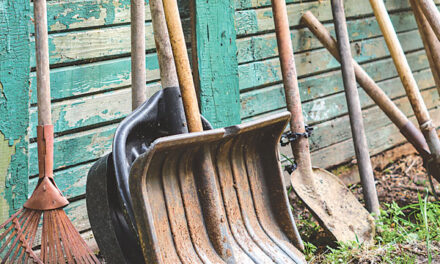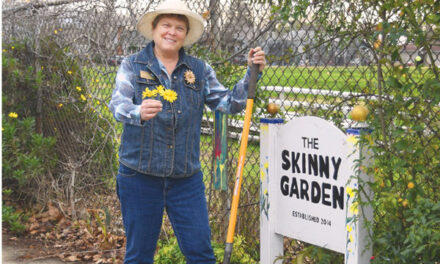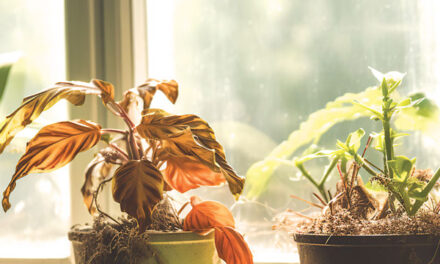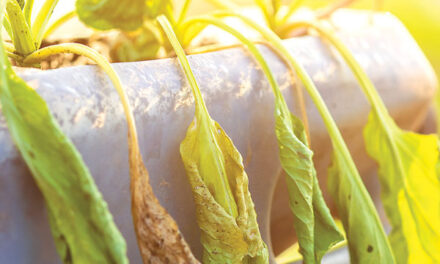Can we chat about the birds and the bees? No, not those birds and bees, but feathered birds and buzzing bees in gardens.
Wildlife habitat gardens are planned and planted for the benefit of birds, bees, butterflies and assorted critters in search of food, water, shelter and nesting areas. Imagine a wild world garden.
Landscapes, often dominated by lawn, shrubs and trees are being tweaked for ecologically acceptable alternatives. The habitat garden is a throwback to simpler times when humans and wildlife lived in harmony.
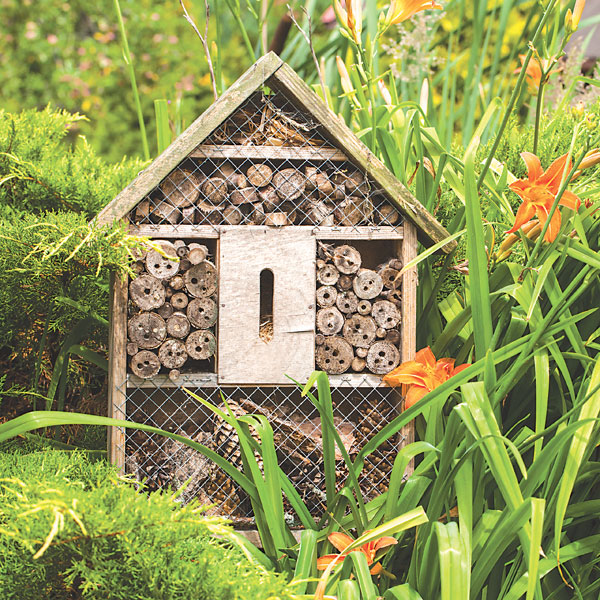
Pollinators and beneficial insects are drawn to wildlife habitat gardens. When flowering plants are pollinated, ecosystems survive. When food crops are pollinated, we eat. Without pollinators, 80% to 90% of plants would disappear, along with a third of crop species. That stirs a scary scenario.
The land beneath our feet once welcomed wildlife and native plants. Residential and commercial development scraped the land clean, compressing native soil before smothering it with pavement and structures. Wildlife was forced to flee and endure on shrinking habitat.
In a dizzying world where artificial intelligence pushes “the cloud” out of the news cycle, a back-to-nature garden adventure can be a welcomed respite.
Most gardeners have experience with habitat gardening, even if it’s accidental. Perhaps a perennial was planted because of its beauty, but you noticed the plants were instant hummingbird magnets. Hang a birdhouse and you have sent an invitation to the party.
To attract and nurture wildlife, a section or the entire garden can be converted into habitat. Or compromise and add plants and practices that blend with existing landscape.
The most effective approach to adding a wildlife habitat welcome mat embraces native and pollinator plants, removing all or a portion of lawn, and adding a water source, like a fountain or birdbath. Place a few rocks in deeper water for bee and small bird landing zones.
The perks of converting a garden area are impressive. Water usage decreases, along with maintenance costs because of lawn reduction or removal. Native plants are much less prone to pest problems, thus reduced pesticide use. Entertainment value increases because wildlife is a constant show. Sit back and enjoy the performances.
Converting a traditional landscape to a complete wildlife habitat garden may best be accomplished in the backyard, especially if neighbors are OCD gardeners. The area will be easily maintained because leaves and twigs should be left where they fall, pruning shrubs and trees is discouraged, as is deadheading spent flowers. The seeds in spent flowers provide food for birds during fall and winter. Seeds missed by birds will produce more flowers in spring.
Sounds like messy housekeeping, but basically the area will mirror how things are done in the wild. Native plants decorate a wildlife habitat garden area with beauty, food and shelter for our needy friends. Many are terrific at erosion control if the property is sloped. Most are drought-tolerant, once established.
Toyon, Ceanothus, snowberry, coffeeberry, coyote bush, manzanita, wild rose and wildflowers are popular native plant choices. Recent droughts resulted in a popularity resurgence of native plants, so Sacramento nurseries are well stocked.
Gardeners have the option of adding habitat-friendly plants to landscapes, but be aware of varying water requirements.
Making an effort at limited “backyard restoration” is simple and satisfying. Hummingbirds, for instance, are universally loved and attracted by planting Phlox, bee balm, coral bells, Salvia, Penstemon, trumpet vine, Lantana, manzanita, zinnias, lavender and California fuchsia. Monkeyflower and Caryopteris (bluebeard) are also hummingbird favorites in my garden.
Do not be shy about adding wildlife plant favorites. The little guys will thank you.
Harvest Day is Aug. 5 at the Fair Oaks Horticulture Center in Fair Oaks Park. The annual event features speakers, vendors and demonstration gardens from 8 a.m. to 2 p.m. Yes, there is a wildlife habitat demonstration garden! Admission is free. Visit sacmg.ucanr.edu for information.
Dan Vierria is a University of California Cooperative Extension Master Gardener for Sacramento County. He can be reached at masterg29@gmail.com. For answers to gardening questions, contact the UCCE Master Gardeners at (916) 876-5338, email mgsacramento@ucanr.edu or visit sacmg.ucanr.edu. Follow us on Facebook, Twitter and Instagram: @insidesacramento.




